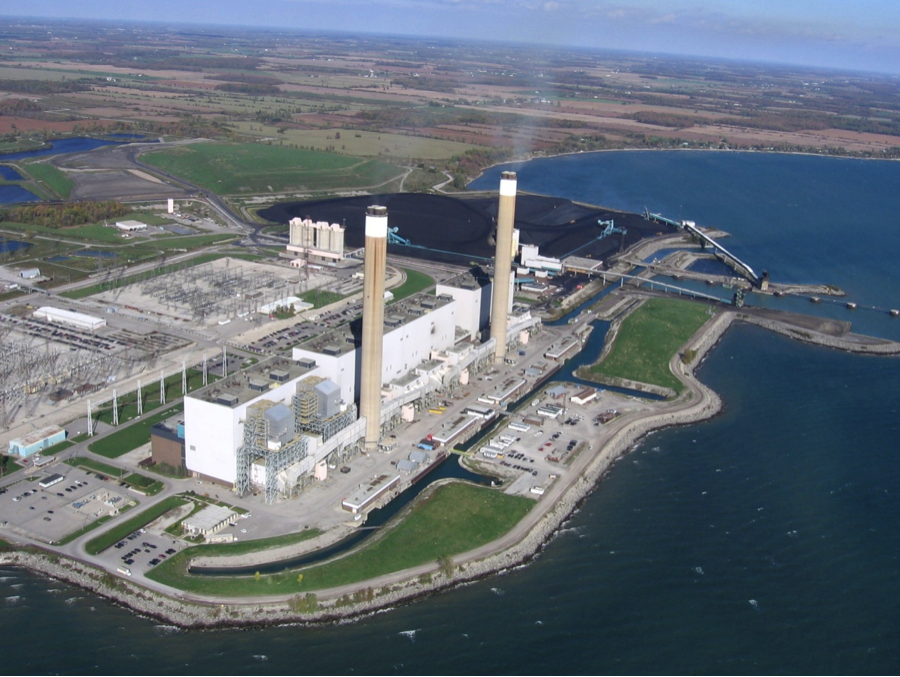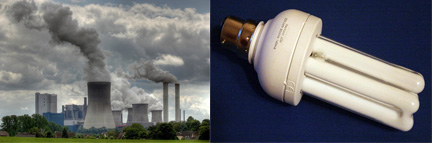By: Rebecca Saari and Leah Stokes
Before the negotiations began, we wrote this post summarizing the key issues negotiators were considering for mercury emissions to air and releases to land and water. It was clear that the delegates had much to resolve. What did countries finally decide, and what does it mean? We’ll cover these questions in this post.
Countries addressed how mercury enters the environment by identifying “relevant sources” for emissions in Annex F. The text specifically identifies coal-fired plants and boilers, non-ferrous metal mining activities, waste incineration, and cement production, as sources for mercury emissions that need to be controlled. Oil and gas, facilities where mercury added products are manufactured, and manganese production, which were all included in the draft Annex F at the beginning of the week, were excluded from the final agreement.
Conversely, sources to land and water are not specified in the treaty text. Instead, it is left to Parties to identify these sources within 3 years of the Convention’s entry into force, with the help of the Conference of the Parties. In other words, this decision was left for future rounds of negotiation.
Parties must also create an inventory of their emissions and releases within 5 years the Convention’s entry into force. This is quite a long time. On the one hand, inventories can take a while. Consider that the US Environmental Protection Agency takes three years to issue updates of its National Emissions Inventory of common air contaminants. Still, many countries have been working on inventorying their mercury emissions and releases for many years, in parallel to the negotiations, so, for many countries, a five year period is quite lenient. Many countries have already completed or begun their inventories, and those who haven’t can use the UNEP Toolkit. This inventory is a critical tool for identifying sources and tracking progress. In fact, measuring emissions may be a key way that the treaty changes state behavior over time, by making emissions and releases more visible.
There’s a difference between how the treaty addresses new and existing emission sources. For new sources, parties must apply Best Available Techniques (BAT) and/or Best Environmental Practices (BEP) within five years. To manage existing sources, parties can choose between applying goals, emissions limits, BAT/BEP, multi-pollutant control options, and other measures that reduce emissions. For existing sources, measures must be applied within 10 years for existing sources of air emissions. There isn’t a corresponding deadline for action on releases, though an optional plan of action may be submitted within 4 years.
As discussed above, there are differences in the treatment of emissions to air versus releases to land and water. However, mercury mobilization, whether to the air or water, will have an equivalent fate in the long run, as explained by Helen Amos. Also, our earlier post pointed out that stricter control of air emissions might create perverse incentives to transfer mercury to the water, where it bioaccumulates in seafood and gets into our diets. The relative importance of releases vs. emissions is also an area of ongoing scientific research.
With the adoption of these articles, Parties have made some meaningful progress in policing how mercury enters our environment. The true test of the treaty’s significance and strength will come in the years to follow, as guidance is crafted and implemented. Ultimately, the treaty will need to not only control emissions and releases, but reduce them. In other words, this treaty is just the end of step one.





